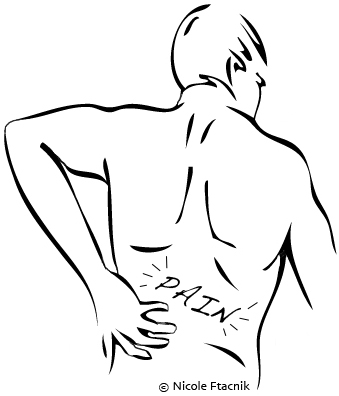Range of motion (also known as ROM) refers to the distance and direction a joint can move to its full potential. If ROM is restricted, the joints ability to function normally becomes limited. Each specific joint has a normal ROM that is expressed in degrees, which can be measured using a goniometer; with the help of another person as well.
Below is a list of optimal measurements for certain areas of the body, but first, I’ve included what the mentioned movements mean in case you weren’t already aware…
Flexion – When the angle of a joint decreases, as in bending your arm at the elbow.
Extension – When the angle of a joint increases, as in straightening your arm at the elbow.
Rotation – When you turn your head, as in checking your “blind spot” while driving.
Lateral Flexion – This usually refers to the spine and would happen when you are holding your cell phone in between your ear and shoulder or bending your torso while running your arm down your leg.
Abduction – When you move a limb away from the midline of the body, as in raising your arm up perpendicular to your body.
External (Lateral) Rotation – Rotation away from the body, as in rotating your leg out so your toes point outward.
Internal (Medial) Rotation – Rotation towards the center of the body, as in rotating your leg in so your toes point inward.
According to my PNMT training manuals, the optimal measurements are as follows, but not limited to…
Cervical ROM:
Flexion – 40°
Extension – 75°
Rotation – 80°-90°
Lateral Flexion – 35°-45°
Shoulder ROM:
Flexion – 165°-170°
Extension – 50°-60°
Abduction – 165°-170°
External (Lateral) Rotation – 80°-90°
Internal (Medial) Rotation – 55°-60°
Lumbar Spine ROM:
Flexion – 60°
Extension – 35°
Rotation – 8°-10°
Lateral Flexion – 20°
Hip ROM:
Flexion – 140° (passive)
Extension – 30° (passive)
Abduction – 50° (passive)
External (Lateral) Rotation – 60° (passive)
Internal (Medial) Rotation – 40° (passive)
* Passive meaning the examiner moves the joint without assistance from the person being examined.
As always, I hope you find this information informative! I’ll be MIA for a couple of weeks, but plan to have something good to write about for my next post.
* * * * *
“Neutral balance alignment is key to becoming pain free!”™ ~ Me


